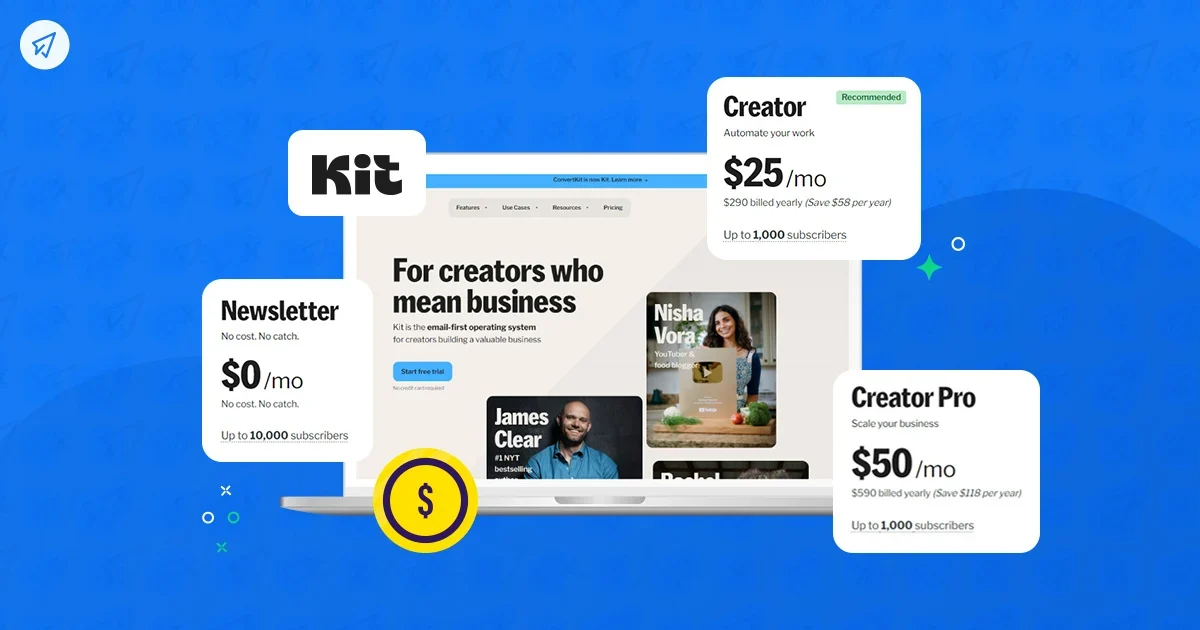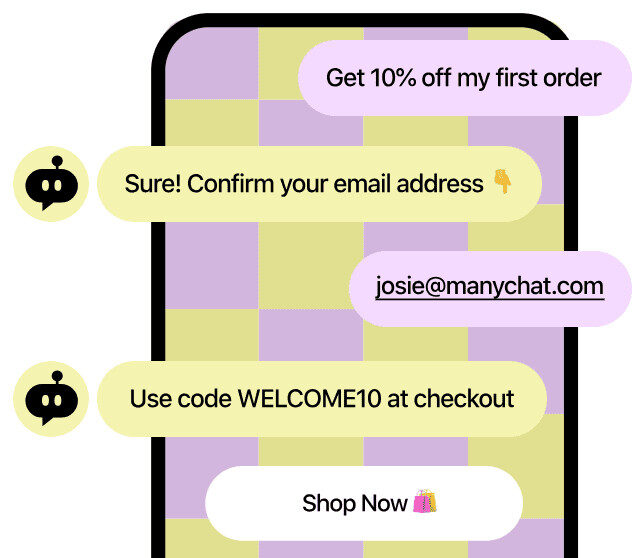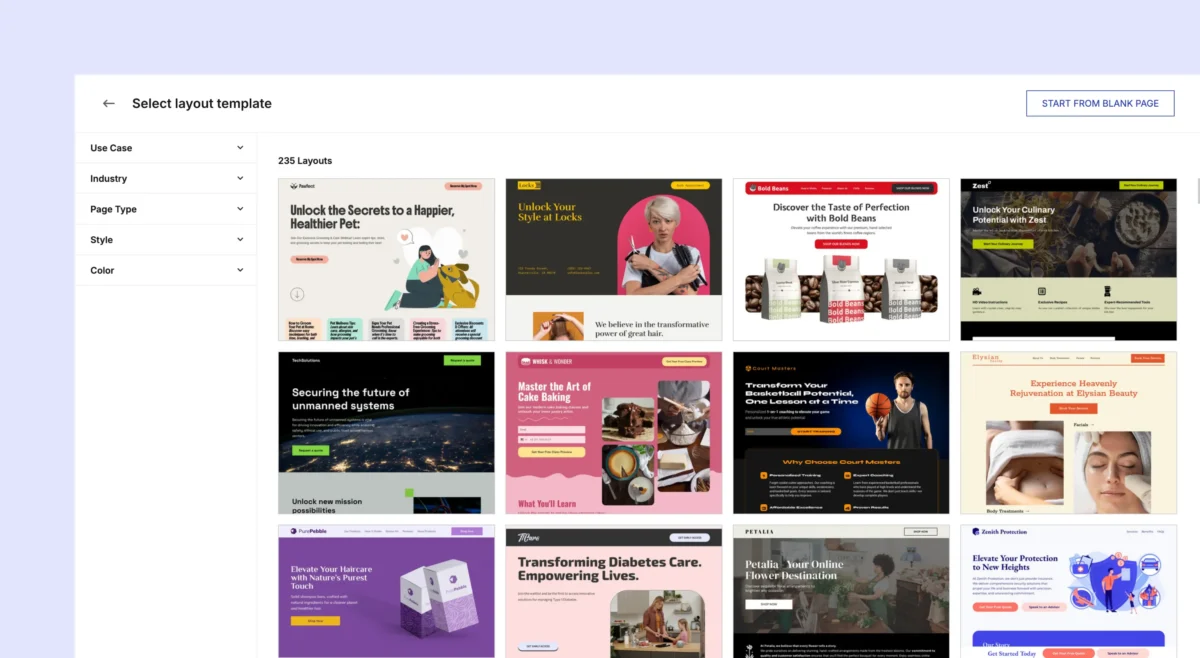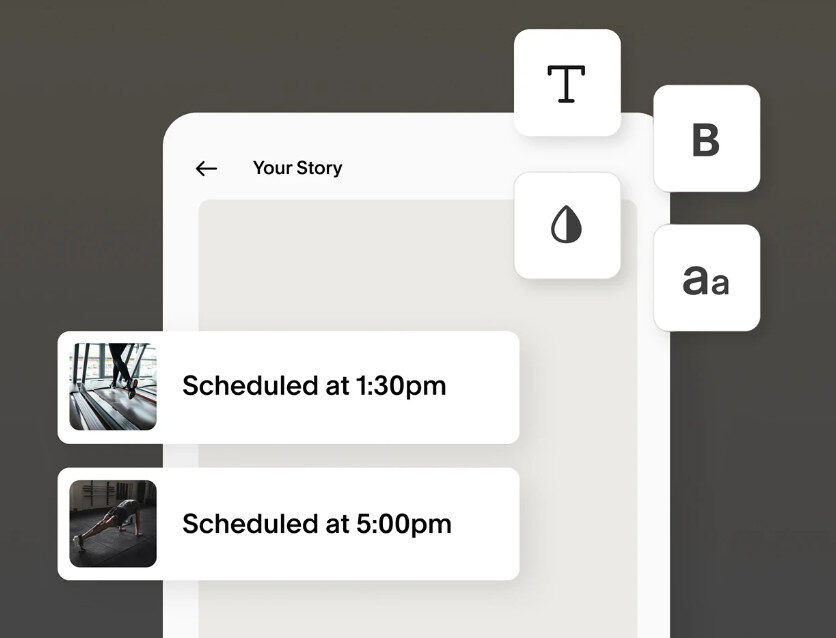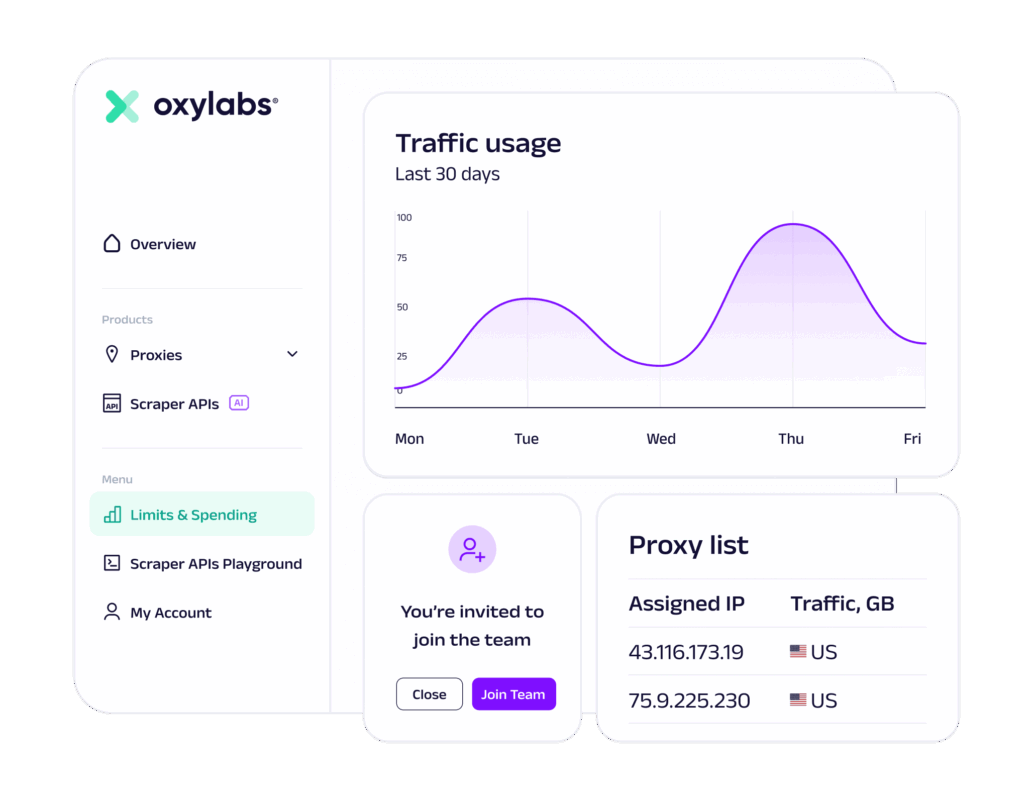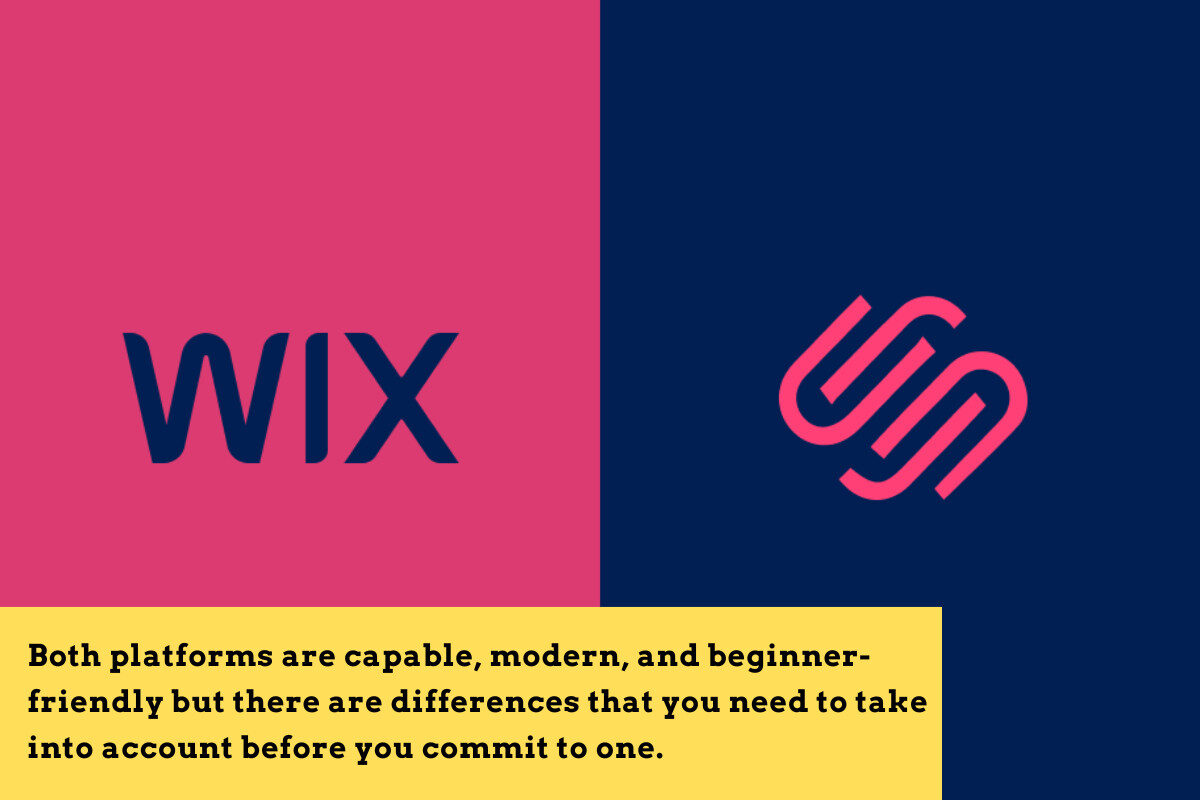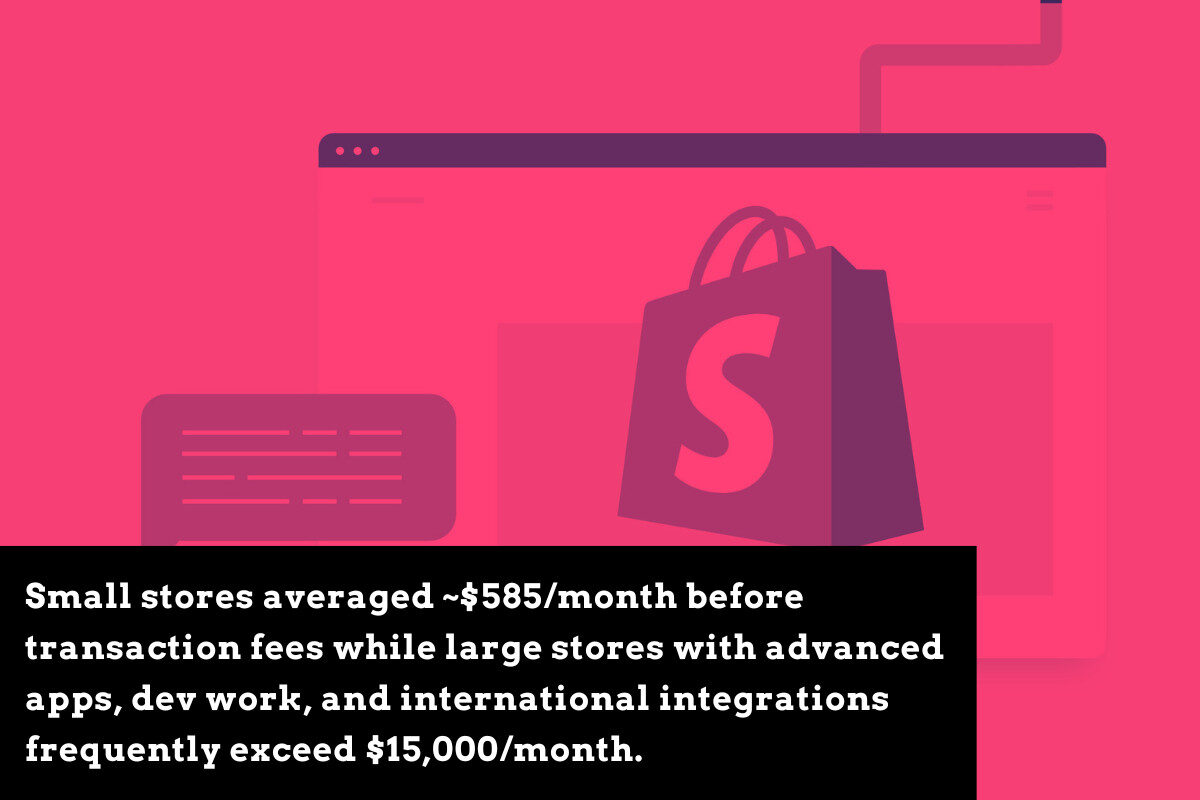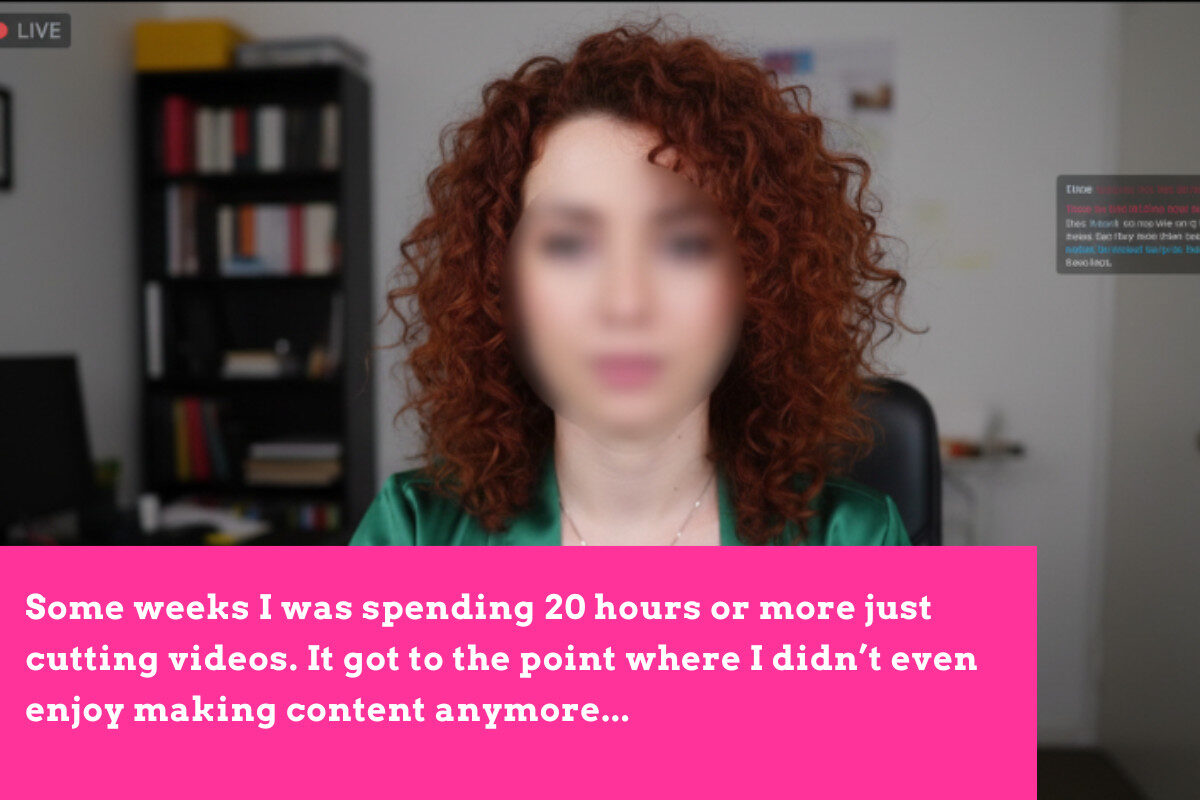TL;DR: Is ConvertKit Better Than MailChimp? It’s Not Even Close…
Mailchimp deleted my account for using an affiliate link (affiliate marketing is prohibited) and their list system forces you to pay for duplicate subscribers.
Stop paying more for a platform that works against you. ConvertKit is simpler, cheaper, and made for monetizing your audience.
- Saves You Money: You only pay for each subscriber once thanks to its single, tag-based list system (Mailchimp charges you twice!).
- Sell Directly: Instantly sell digital products and paid newsletters using ConvertKit Commerce right from your email dashboard.
- Grow Faster: Use simple automations and tap into the Creator Network for free, organic list growth via cross-promotion.
Back in 2018, MailChimp deleted my entire account without warning. My crime? I placed an affiliate link inside a newsletter.
I was baffled by this, so I investigated. According to the rep I spoke to, affiliate marketing is prohibited in MailChimp. I almost spat my coffee out.
After a few days, I managed to get my list back from their clutches and, after testing out Aweber and a few other options, including Mailer Lite, I eventually signed-up with ConvertKit and I’ve been with them ever since.

MailChimp is NOT designed for creators and solopreneurs; it’s for big, sprawling e-commerce and SAAS brands.
And even then, I think you’d be far better off with something like Klaviyo or MailModo given its bloated costs and customer support.
The 4 Main Areas Where ConvertKit Has MailChimp Whipped
It’s Built Specifically For Creators
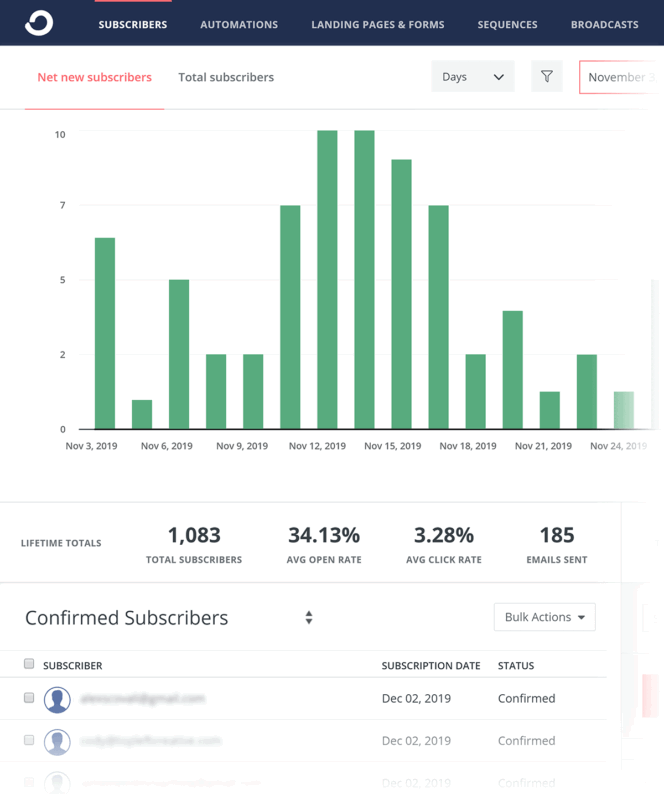
ConvertKit’s entire ecosystem, its interface, features, and ethos, is designed for solo-entrepreneurs and small creative teams.
Even with the recent price increases, I still think Kit offers great value for money, and its free plan is great for testing out how it all works.
You get landing pages, e-commerce for digital products, easy-to-set-up paid newsletters, and simple automation and tagging.
That’s all you need to scale from $0 to $1000 to $100,000 a month.
Mailchimp, by contrast, is built for enterprise e-commerce and SAAS businesses, and its costs and features reflect this.
The problem for MailChimp, however, is that there are now much better platforms for these types of businesses such as MailModo and Klaviyo which aren’t just cheaper but are also much more useful with respect to features.
For creators and side-hustlers, Kit is the go-to option. It’s used by some of the biggest names in the creator economy and the reason for this is simple:
It’s easy to use, to setup, and it is tailor-made for the exact requirements of modern creators that want to turn social media followers into subscribers.
No More Paying Twice For Subscribers
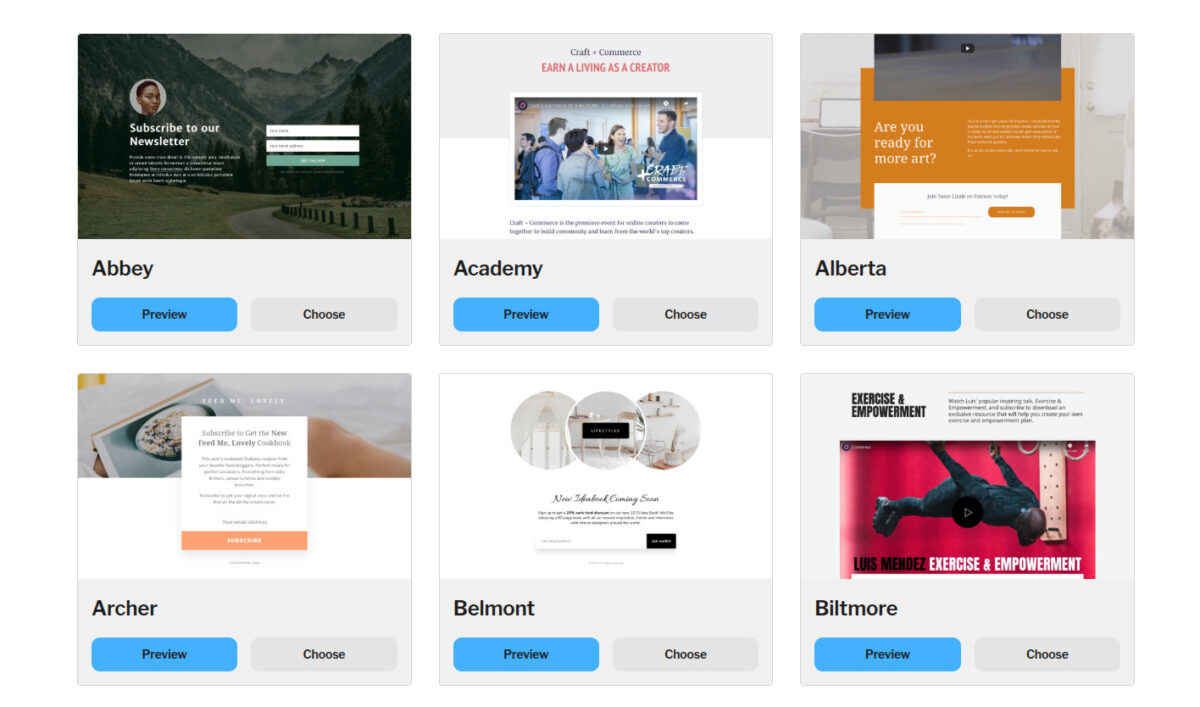
This is the big one where Mailchimp actively costs you money.
Mailchimp uses a “list-based” system.
If a subscriber signs up for your free e-book and then signs up for your weekly newsletter, they are counted and stored on two separate lists.
You end up paying for the same person twice, and managing those duplicates is a massive headache.
ConvertKit uses a single master list combined with a tag-and-segment system.
Each subscriber is stored once, and you tag them based on their actions, interests, or purchases.
This means they can be part of multiple sequences and automations.
No duplicates, no paying twice, minimal complexity. This system is crucial for keeping your costs down as you scale.
Frictionless Monetization: Sell Direct
As a creator, you need to sell content and community, not physical inventory.
ConvertKit makes this incredibly simple with its built-in features that let you sell digital products and paid newsletters directly from your email dashboard using Kit Commerce.
You can set up instant checkouts for your e-book, paid course access, or a monthly subscription.
Mailchimp’s monetization features are heavily tailored for physical e-commerce and complex third-party integrations, making it less direct and far slower for creators to start earning.
Visual Automations & Creator Network
ConvertKit’s drag-and-drop Visual Automations let you design sophisticated subscriber journeys, from lead magnet delivery to launch funnels and re-engagement campaigns, all without technical headaches.
The core idea behind a ConvertKit Visual Automation is to build a customized, hands-off journey for a subscriber using a simple drag-and-drop flowchart.
Here is a common example for a creator selling a digital product:
Example: The Product Launch Funnel
This automation welcomes a new subscriber, nurtures them, and then pitches a paid product, all automatically.
| Step | What Happens |
| 1. Entry Point | Joins Form: A new visitor signs up through your “Free E-book Download” Landing Page. |
| 2. Welcome | Adds to Sequence: The subscriber is immediately added to the “Welcome Series” (3 emails introducing you and your best content). |
| 3. Tagging | Add Tag: The tag Lead Magnet: E-Book Download is added to the subscriber’s profile. |
| 4. Check | If/Else Split: Has the subscriber purchased the related product yet? |
| 5. Path A (Yes) | Add Tag: If they have purchased, they are tagged Customer: Product A and sent to the next, non-sales automation (like a “Getting Started” sequence). |
| 6. Path B (No) | Adds to Sequence: If they have not purchased, they are added to the “Product Pitch Sequence” (a series of emails explaining the product’s value). |
| 7. Exit/Goal | Goal/Exit: The automation will automatically pull the subscriber out of the “Product Pitch Sequence” immediately if they make a purchase (using ConvertKit Commerce) to avoid sending them irrelevant sales emails. |
This visual process ensures every new lead gets the right sequence of emails, saves you from manually tagging or moving people, and stops the sales pitch the second they become a customer.
It’s the “set it and forget it” control that’s perfect for a solopreneur.
Plus, Kit offers the Creator Network, a feature that allows you to easily cross-promote your list with other creators in your niche.
You can even get paid for recommending other creators from the Creator Network.
This is organic, accelerated audience growth, and it’s a tool Mailchimp simply doesn’t have.
The Bottom Line: ConvertKit Makes It Easier And Cheaper To Monetize Your Audience
For solo creators, freelancers, and digital product businesses, ConvertKit is miles ahead of Mailchimp in every metric that matters to your bottom line: simplicity, monetization, and list management cost.
I’m currently experimenting with EmailOctopus which is positioned as a cheaper alternative to ConvertKit but I don’t have quite enough experience with it right now to properly recommend it.
I’m testing it out on another site which is currently using beehiiv. I might do a video about this, covering the migration process.
My main lists, however, remain with ConvertKit, and I don’t expect that to change any time soon.
For me, it does everything I need and it’s simple (and cost effective) to use. And when it comes to email marketing, that’s basically all you need.

